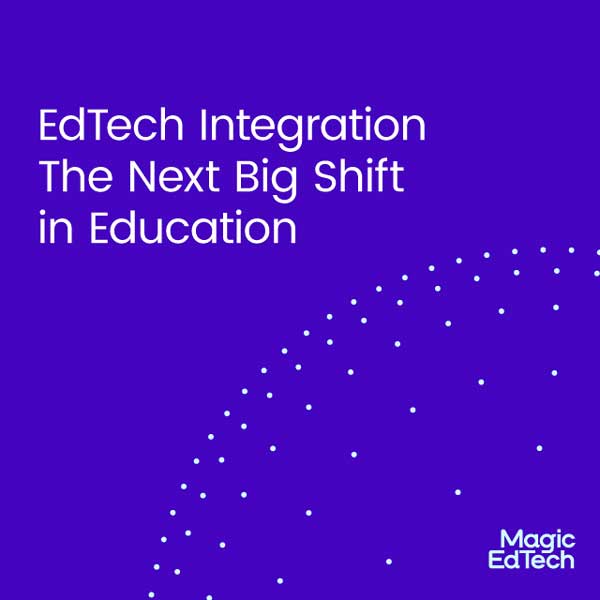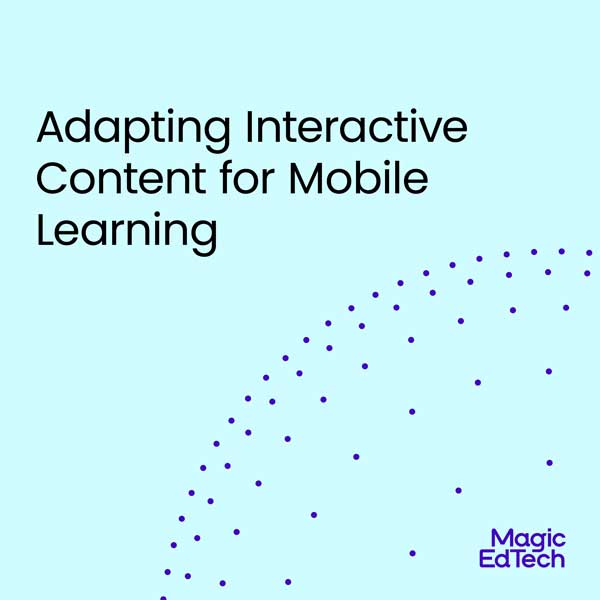Integrating Social Emotional Learning (SEL) into Learning Programs
- 9 December, 2022
- Reading Time: 4 mins
Social-Emotional Learning (SEL) is an integral part of education and the overall growth of an individual. It is an educational concept that helps kids gain skills and knowledge in areas beyond their core school subjects. These acquired skills help students eventually develop healthy identities so that they can manage their emotions better and communicate better as they move toward life beyond the classroom.
Generally, SEL programs are built upon a research-based SEL curriculum framework. This framework provides a clear structure of the skills that need to be taught to students that will benefit them in the long run. This SEL framework is also known as the five core SEL competencies.
What are the 5 Social Emotional Learning Competencies?

The five core SEL competencies are:
- Self-Awareness: Considered the “leading” skill in SEL, self-awareness helps students understand their own emotions, thoughts, and experiences and the actions they can influence.
- Self-Management: This competency focuses on the student’s ability to manage his/her emotions, thoughts, and behavior. Acquiring control over these can help a student get better at goal setting, managing stress, and self-discipline, among others.
- Social Awareness: The ability to socially empathize with the situation of others, and to be aware of the diversity existing within the society are skills one achieves from this competency. These can help students maintain healthy social interactions and relationships within the community.
- Relationship Skills: The focus of this skill is to teach students how to treat others fairly and with respect. Students should be taught to treat others with the same dignity they’d like to be treated by others.
- Responsible Decision-Making: The responsible decision-making skill is the competency that automatically gets addressed if the first four competencies are achieved through mindful efforts.
Good communication, confidence, getting along with others, and problem-solving are some of the skills taught in an SEL program. These skills help organizations create a healthy and supportive work environment for all employees.
Educators can introduce positive actions for intellectual health by encouraging problem-solving and creative thinking in any subject. Focusing on positive mental and physical health as part of social-emotional learning helps students establish good habits for themselves that set them up for a lifetime of success.
How to incorporate SEL into a learning program?

Map the curriculum with the learning objectives
The content development workflow starts by mapping the curriculum requirements with the learning objectives of the course. At this step, it is quintessential to address behavioral progression that integrates well with the learning requirements. It should align with the academic and behavioral objectives of the learning program and should flow well throughout the course development.
Incorporate the right assessments
Once the course is developed, the efficacy of the program also needs to be measured and this is done through assessments. The evaluation of the assessments should be done with SEL in mind.
Develop feedback mechanisms
With this, the focus shifts more toward how we deliver feedback to the student and how we develop the remediation plan to understand the learner’s needs and psychology. One should be mindful of the vocabulary that is used in the feedback and remediation section. This is because though the academic content is governed by curriculum requirements, a tight well-integrated tag on social competency adds a new dimension to the learner’s development which is measured and enhanced throughout the course delivery.

Draw learning analytics
The final integration of SEL happens at the reporting and analytics stage as well where the academic scores must be reported but also tagged to the behavioral performance of the learner at each level of the course. This means the response at each stage of the course delivery should be evaluated against the set SEL parameters and accordingly the reporting analytics should be communicated.
Review and ensure learner development
The end goal or the advantage of integrating SEL with academic content is to ensure the holistic development of the learner. Until now, the focus had been on developing cognitive skills only. However, research has proved that integrating cognitive skills with SEL competencies makes learners well-equipped to address professional requirements with greater efficiency.
We at Magic, make a conscious effort to integrate the SEL into the learning programs that we develop. For example, we recently worked on an SEL program for diversified geographical locations. This program integrated SEL with various subjects to help the learner overcome phobias and develop skills like perseverance, resilience, growth mindset, and self-awareness. The course also equips them to handle varied emotions like anxiety and build fulfilling relationships.
At each step in the content development workflow, we analyze and map the delivery mechanisms with how the learner will absorb the content and what SEL competencies they gain. The core competencies are stitched into the academic content for seamless dissemination.





